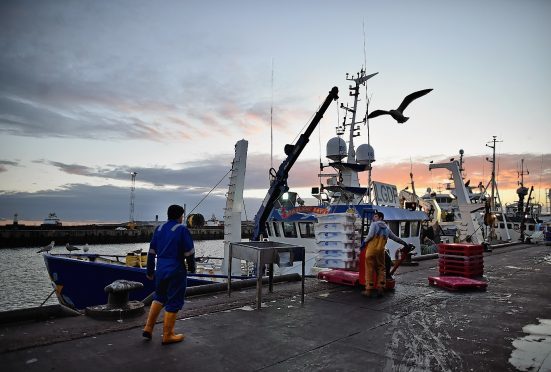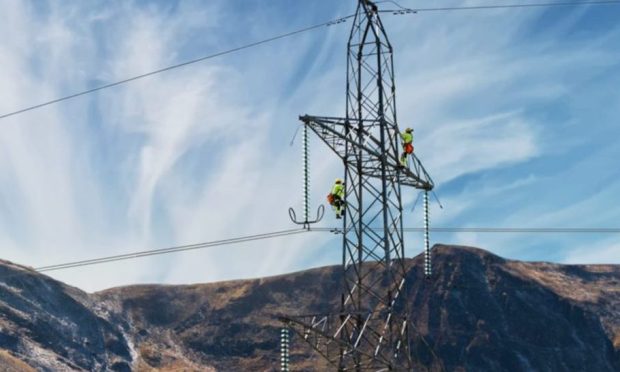UK Government figures have confirmed Peterhead’s status as Britain’s top fishing port.
A total of 127,000tonnes of fish and other seafood worth a total of £111million were landed in the Blue Toon during 2015, highlighting why the port is investing £50million in a major upgrade of the facilities.
The figures eclipsed the top ports in England, where Plymouth led the way for volume after a 13,400-tonne haul of fish and other seafood worth a total of £15million.
Brixham was the top English port by value after a 12,400-tonne catch worth £23million.
The Marine Management Organisation (MMO), which licences, regulates and plans marine activities in the seas around England and Wales, said the quantity and value of fish and shellfish landed by UK vessels last year fell by 7% and 10% respectively, compared with the year before.
UK-registered boats landed 708,000tonnes of seafood worth a total of £775million into ports in the UK and abroad last year.
Scottish vessels accounted for 62% of the quantity of landings by the UK fleet, which was more than double the 29% caught by English boats.
The Scottish and Northern Irish fleets caught mainly pelagic fish. White-fish species accounted for the lion’s share of the English fleet’s catch, while Welsh boats mainly caught shellfish.
MMO said the decrease in landings was primarily driven by an 11% decrease in pelagic landings – mainly mackerel and herring – due to a fall in the mackerel quota from a peak in 2014.
Mackerel and herring accounted for nearly half (48%) of UK fleet landings by volume last year, but a lower 25% share by value.
Around 12,100 fishermen were active in the UK during 2015, including 1,900 part-time workers, according to MMO.
Scottish Fishing Minister Fergus Ewing said: “These statistics show 2015 was another strong year for Scotland’s fishing fleet, with sea fisheries contributing £437million to our economy.
“It’s clear that challenging fishing conditions are continuing to have an impact, however, confidence continues to be high and there is an acknowledgement from the industry that these are normal fluctuating circumstances.
“It is also worth noting that 2014 saw a record high for mackerel quotas – it was always going to be difficult to match that especially as work has now begun to protect our most valuable stock through sustainable harvesting.
“With European funding set to improve catch quality, promote Scottish seafood and reduce unwanted catches, the prospects for the industry in 2016 are positive.”
MMO said UK seafood export volumes decreased by 12% last year, to 443,000tonnes, with Britain also importing 6% less – a total of 681,000tonnes in this category.










